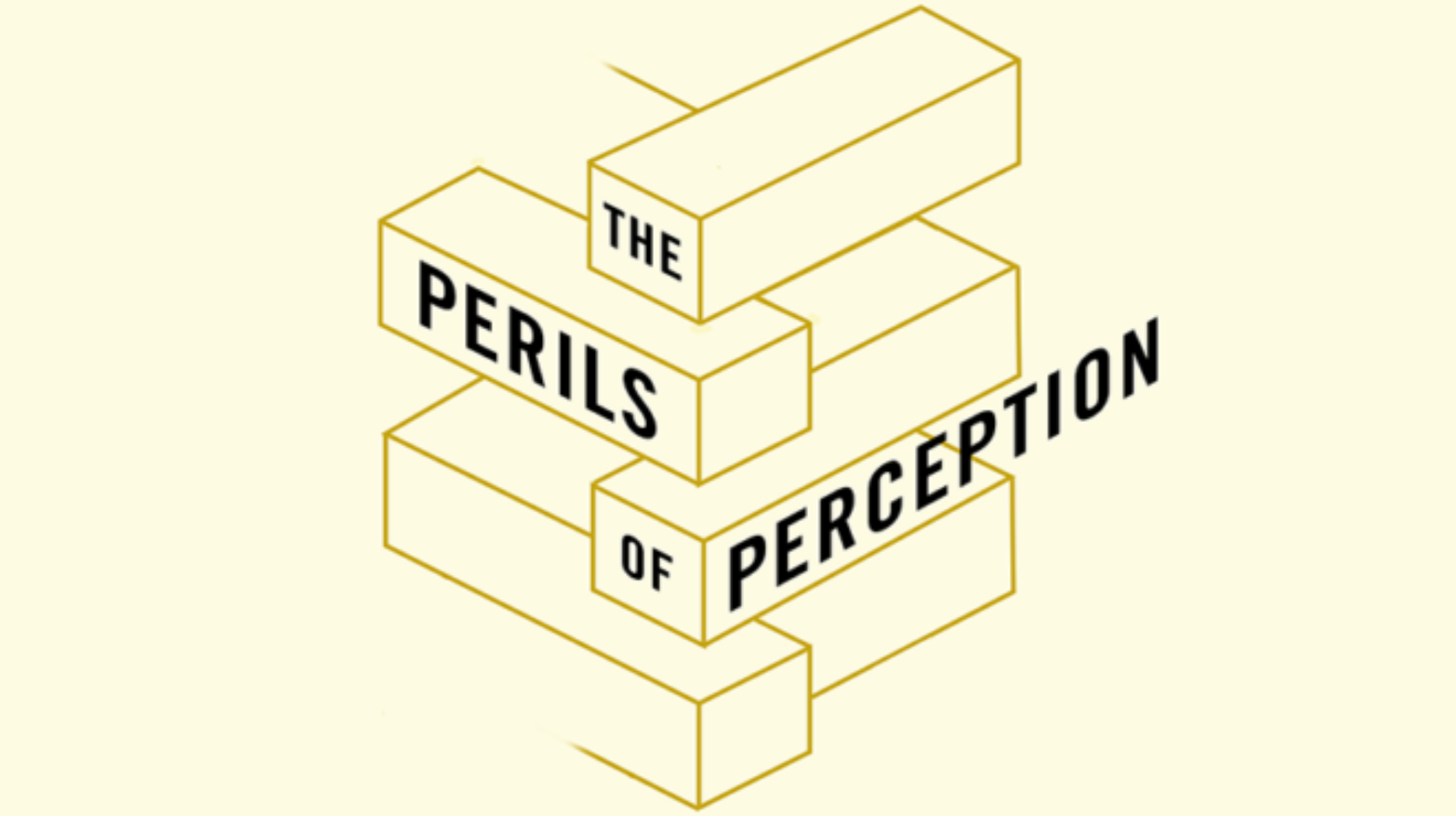Is the Great Wall of China visible from outer space?
This is a question posed by Bobby Duffy in the first few pages of his book ‘The Perils of Perception: Why We're Wrong About Nearly Everything’.
Bobby has spent the last twenty years at Ipsos MORI designing and interpreting research from around the world to help understand what people think and do -and why. The question posed was part of a collection of hundreds of surveys on public misconceptions, spanning over 100,000 interviews across 40 countries to build a picture of the relationship between perception and reality.
So…what was your answer?
Bobby writes that ‘if you’re anything like the population in general, there was about a 50-50 chance that you answered, yes.’
If so, you’re wrong. It’s not. At its widest, the Great Wall is only nine metres wide.
The book goes on to explore the reasons why you might have answered in this way and aims to explore beyond niche beliefs (such as the one above) to focus more on general and widespread misperceptions about realities. Bobby Duffy makes the case that ‘it is possible to become more aware of the realities on which our decisions rest’.
As someone who works with people to help them make more effective decisions, I was really surprised by how large the gap between perception and reality lay when measuring some of the more fundamental aspects of life – happiness – for example.
‘When asked in a survey, what % of people do you think said that, taking all things together, they were very happy or rather happy?’
Take a moment to consider this for yourself, what would you say?
In Great Britain, the average guess is 47%.
The answer is actually 92%.
Are you surprised?
I definitely was.
One of the likely explanations put forward is related to the work of Daniel Kahneman, who described the difference between your ‘experiencing self’ and your ‘remembering self’ – the ‘experiencing self’ lives in the moment, whilst the ‘remembering self’ tells a narrative of our lives to ourselves and it’s easy to mix them up.
The way the question was posed in the survey may have helped people to access their ‘remembering self’ by asking in a way that prompted people to take a more long-term view, responding that ‘yep, all things considered, I’m pretty happy’. Whereas when people were guessing for others they may have been comparing to a more immediate ‘are they happy now’ image which led to such a gap.
Bobby Duffy highlights that when we remember our experiences, what Daniel Kahneman’s research shows, is that ‘a story is most important to us in how it ends, and thus the ending affects how we remember it and its lessons for future decisions’.
The hopefulness of ‘Factfulness’ by Anna Rosling Rönnlund, Hans Rosling, and Ola Rosling, led me to this book. It offered me another chance to explore more about ‘how’ and ‘why’ I carried certain facts about the world that didn’t reflect reality.
This book resonated for another more personal reason. I’m working on being more open to exploring ideas that aren’t my own. For lots of reasons, I can be over-protective of my own opinions. I’m someone who more typically starts by passionately advocating on behalf of my own beliefs… and when I’m having a bad day I can tip into conflating ‘my perception’ with ‘reality or fact’.
When this happens, I limit my ability to influence effectively as I lose sight of staying curious and open to exploring other people’s different realities. Instead, I expend most of my focus and attention on bringing people round to ‘my way’.
As you look to make more effective decisions this year, how will you ensure that you don’t state your ‘perceptions’ as ‘facts’ - investing time to close the gap between your perceptions and the reality around you?
To read more about the ‘Perils of Perception’ head to www.perils.ipsos.com

